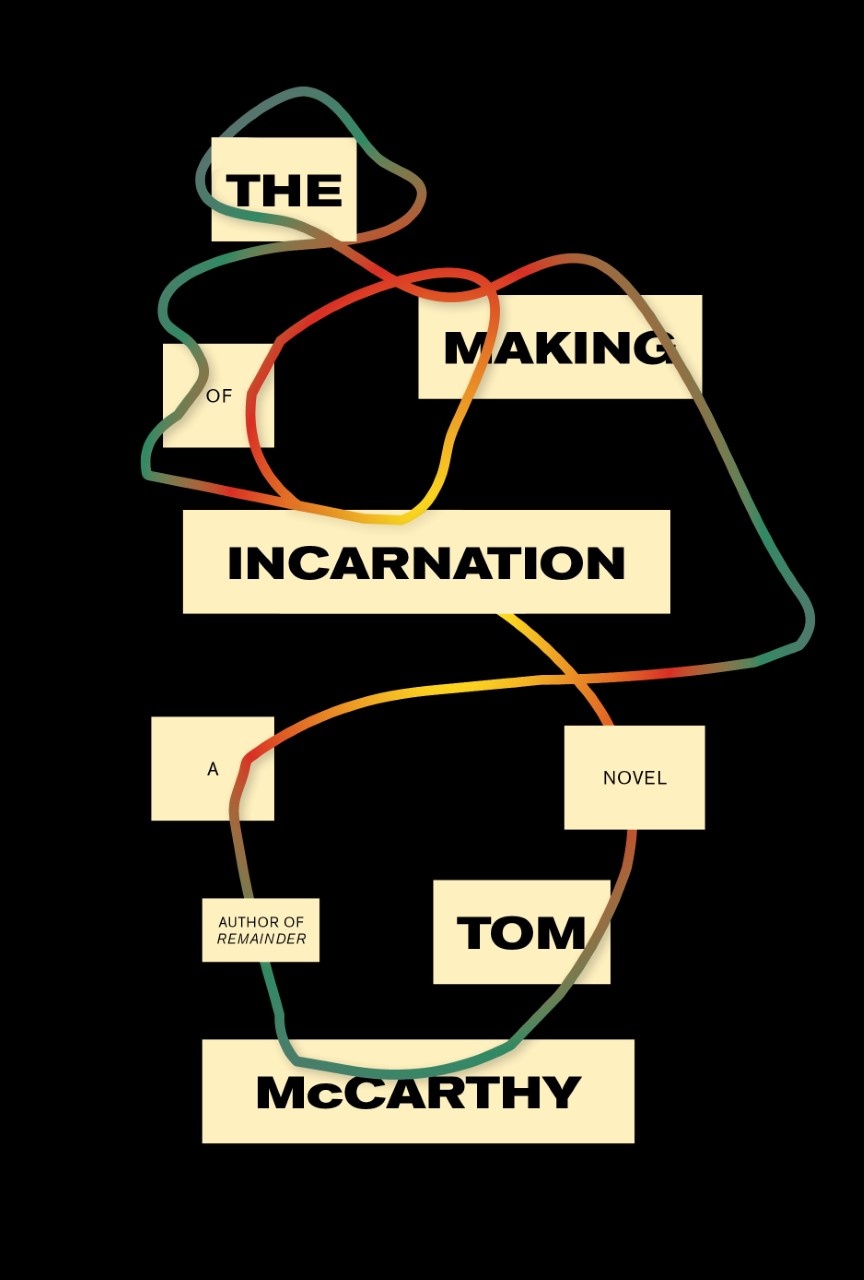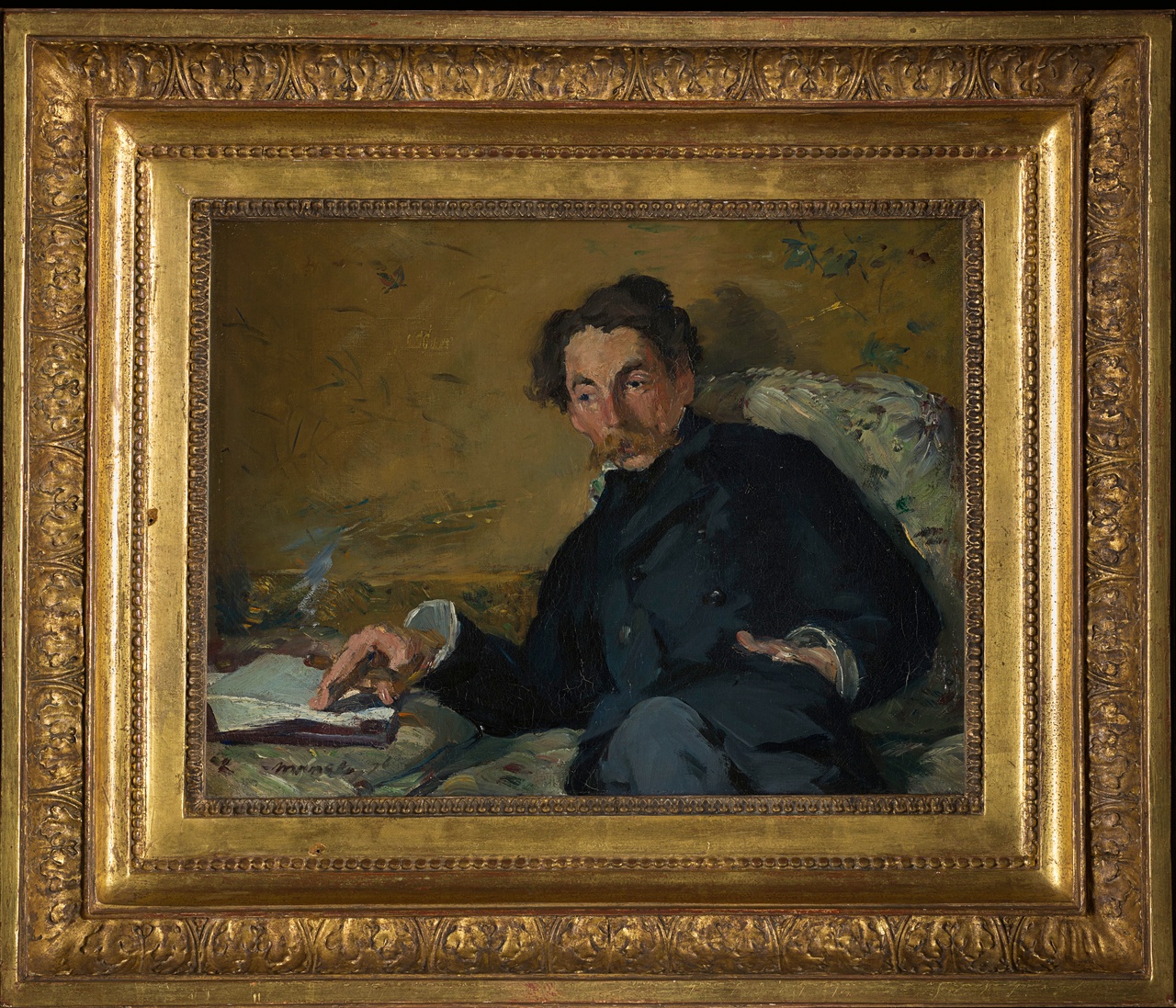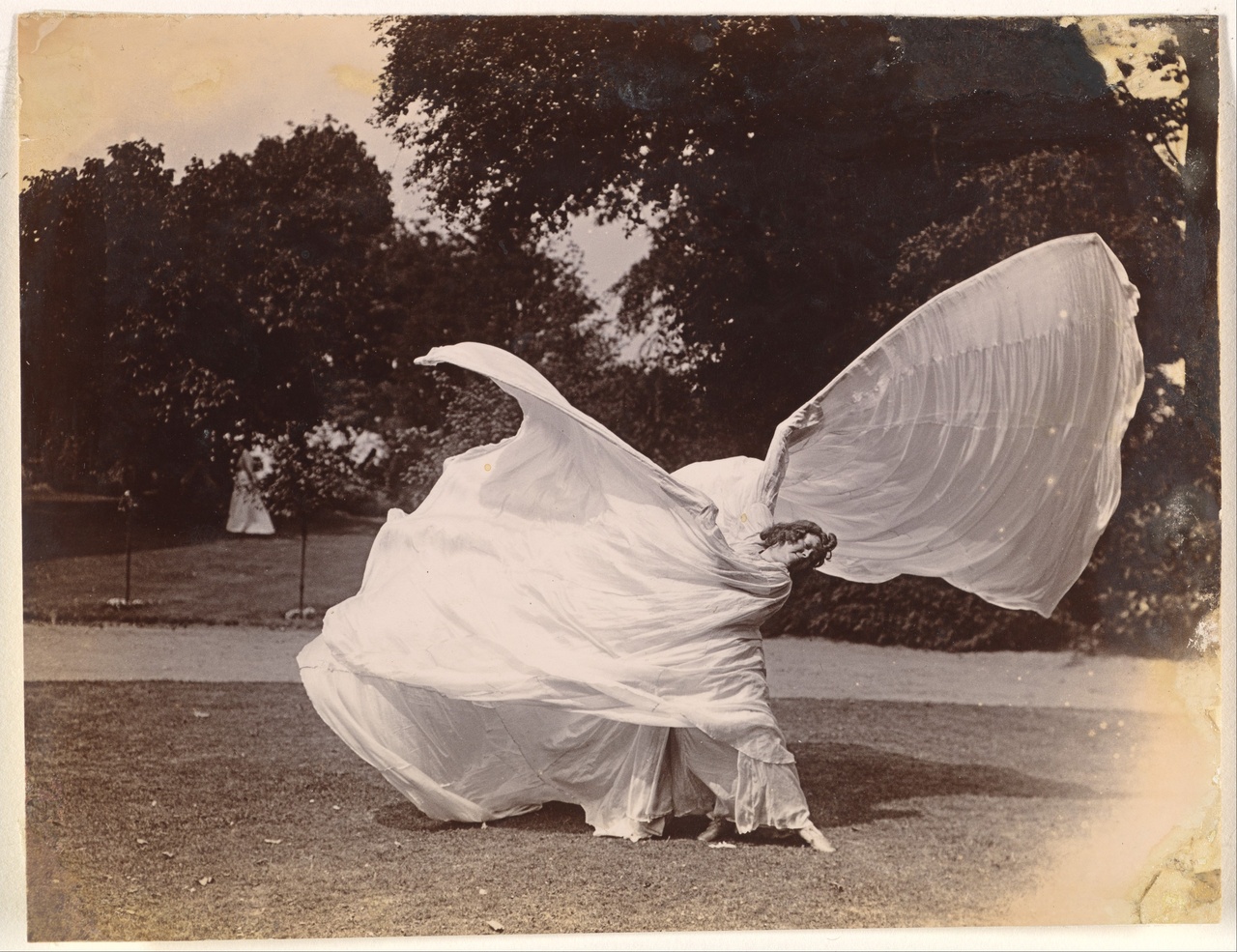ALPHABET SPAGHETTI FEEDBACK Tom McCarthy in Conversation with Stephanie LaCava

Tom McCarthy’s new novel, The Making of Incarnation, is a web of networked narratives: Mark Phocan of Pantarey Motion Systems is an expert in CGI working with Degree Zero, a hip production company consulting on a Star Wars–scale movie called Incarnation. Monica Dean works for the law firm Dorley and Grieves, researching the late industrial psychologist and engineer Lillian Gilbreth. Dean travels to Gilbreth’s archive in Indiana for a mysterious client interested in copyrighting human gestures. And both stories merge in a quest for a lost box of Gilbreth’s research that may just “change everything.” These strands make up one heavily researched remix on physics and simulations, full of acronyms and technical terms. Still, nothing is ever so tidy where humans are involved.
STEPHANIE LACAVA: The first thing I want to talk about with regard to The Making of Incarnation is how I disagree with one of the early English reviews of it I read. The critic closes wondering if this is even a novel because it is filled with the minutiae of each character’s tech-laden work life rather than emotional insight.
TOM MCCARTHY: I’m flying slightly blind here because I haven’t read a single review of my own work in seven or eight years (I strongly recommend this to other writers). But I can imagine that if someone comes to my novels expecting to find psychically integrated individuals expressing their authentic emotions, they’ll be sorely disappointed. But for me, literature – as a mode, or a condition, or a set of possibilities – really only begins once we’re confronted with the irremediable fact of our own mediation, our embeddedness within systems and networks that both precede and exceed us, and, most importantly, that render us in between, décalé, out of joint with ourselves, at least with any integrated or “authentic” version of a self. I’d add that this is not some “postmodern” understanding of literature: it’s how it has operated from the off. Aeschylus’s Oresteia begins with a long account of a signal crossing space; Sophocles’s Oedipus Rex is all about the grids and geometries across which our destinies are strung, the cryptic codes through which these might be read.
LACAVA: I’m sorry to mention the review, but I love the answer. And all the classical examples. I would have said something stupid like the radio in Orpheus.
MCCARTHY: Nothing stupid about Cocteau’s Orpheus! It’s my bible ...
LACAVA: It reminds me also of any kind of static or sound. I just read this piece by Peter Salmon, the author of a new Derrida biography, that talks about British ambient music like Burial being a kind of hauntology. This is more of the in-between as in never-ever-arrived. Separately, have you read Legacy Russell’s Glitch Feminism?
MCCARTHY: I haven’t read the book, but I should. I’m totally into glitches in general and I see that there are strong links to feminist philosophers like Luce Irigaray – for example, her notion of “the blind spot of an old dream of symmetry” fits very well with the glitch …
LACAVA: I want to talk about vomit. In one of your older essays you describe a scene in Michel Leiris’s Scratches in which he mentions eating too much alphabet spaghetti when he was young, which led him to throw up letters. In another of your essays, you explore digestive issues in and around Kafka. You ask, “from a cybernetic perspective, could nausea – vomiting or reflux – be viewed as a corrective?” The new novel starts with someone throwing up!
MCCARTHY: Absolutely. Little Polly on the school bus throws up the space-dust candy she’s been eating, and, because she hasn’t digested it properly, it’s still popping on the floor “as per the manufacturer’s design.” Later, when the lovers in Incarnation, the sci-fi film-within-the-book, are thrown together into their spaceship’s observatory, their violent inward propulsion to this inner sanctum is described as a kind of “internal vomiting.” I got the image from Derrida – it’s his preferred metaphor for introjection, whereby the lost object, instead of being transferred onto something else and thereby sublimated, is retained and ingested as a loss, a kind of present absence, a foreign body inserted right into the psyche. This is part of his whole reading of melancholia, and crypts in the double sense of spaces of burial and systems of code. The Making of Incarnation, like my earlier novel C, is very much about excessive, unsublimated, “gross” desire, the residual, undigested presence of a dark material surplus – in medieval parlance, mela-chole. By the end, this kind of gets elevated to a general universal condition, in the boxed-narrative movie at least: as the solar wind from Fidelus — devours the incestuous lovers’ spaceship— turns it inside out; you get images of “cosmic autophagia, space eating itself, chucking itself up, swallowing itself again” – while in the post-production studio a render-wrangler wrestles with skin blemishes produced by errors, glitches in the code, and contemplates the multiple meanings of the word “render” (to perfect a CGI frame sequence, to give tribute to Caesar or God, to press one last ounce of mulch out of a cow or chicken carcass in a slaughterhouse, etc.).

Edouard Manet, “Stéphane Mallarmé (1842-1898), poète,” 1876
LACAVA: And then the thing-ness of this book. I like the joke where a character says, “I will leave you to your own devices.” The conductors of all the collecting information.
MCCARTHY: Yes, the technicians have markered up two naked human bodies so that a biotech company producing arthroplastic hip joints can study the pressure placed on ball and femur during sexual intercourse, and they leave the couple in the room to get down to it in front of twelve motion-translating cameras. So, the word “devices” here means “leisure,” “pleasure,” “bodies,” and the gizmos all around these. There is a regime of capture, of becoming data – and right at the center of this regime is the body – its materiality. Later, when the producers of the movie Incarnation plot a perfect zero-g sex scene, using algorithms to have light bounce around the spaceship and the lovers’ slowly-turning bodies in aesthetic ways, the actual bodies of the actors they insert to realize this choreography wreck the whole thing by not being quite “right” – they sag and wobble and throw all the perfect geometries out of shape. It’s comic – but it’s metaphysical too, or rather counter-metaphysical: matter, what Plato called hyle, is the ruin of eidos, or perfect form.
LACAVA: Tell me about outer space and constellations within the novel. Both “space” and “constellation” hold double meanings in the story. Space – on the page (Mallarmé) and constellations of relationships, networks, the grids …
MCCARTHY: A lot of the action of the film Incarnation takes place in the observatory of the spaceship Sidereal. Sidereal is a word I love – I didn’t really understand it, so I taught a course at the Royal College of Art in London a few years back with that title as a way of unpacking it in concert with a bunch of bright students. It means “of or pertaining to the stars” or “navigation by means of star charts.” For me, it links a kind of literary vanguard running from Mallarmé (all the constellational imagery in Un Coup de Des, the septentrion or pole star) and Joyce (whose Ulysses is full of constellational registers) to the whole question of maps and navigation – and thus to modern cybernetics. Norbert Wiener coined his term from kubernetes, helmsman, navigator. And of course, contemporary motion capture works by attaching reflecting markers to bodies and bouncing light off them: effectively, turning people into constellations, and turning space – any space, from a football field to a bedroom to a battlefield – into a kind of stellar, interplanetary field. At the end of the novel the whole navigational star map of the Sidereal’s observatory is going all schizoid and disintegrating: radical deformation of all space and measure.
LACAVA: All strands lead toward something, solving a mystery, but also toward a becoming – the book, but also the film in the title. There’s an argument that film fixes down reality. Do you think a book can do this?
MCCARTHY: I wouldn’t say that a novel fixes down reality. I’d go much further and say that reality itself is at stake in literature – like J. G. Ballard once said, the writer’s task is to “invent” the real. Or rather to bring a whole constellation of things into an alignment that can be “read,” or parsed. In the final sequences of Incarnation, the film, the spaceship falls apart; all these shards of dials and bits of fuselage and fire extinguishers and people’s bodies and their histories and fantasies and so on are all dancing and spinning around. And through the staging and post-production of the scene, a machinic, artisanal process has to “render” all this, hold it in (provisional) formation. That’s a metaphor for the whole novel – mine or any other. Or perhaps for a work of art in general. A constellation-rendering machine. And a provisional one, not a permanent fixer: in rendering everything, it sets it all in motion once again – or opens one type of motion up to other types, and other uses.

Samuel Joshua Beckett, “Loie Fuller Dancing,” ca. 1900
LACAVA: As a onetime/sometime dancer, I was happy to see Loie Fuller and Isadora Duncan mentioned – they’re not necessarily figures I was expecting to encounter in the story. Can you tell me more about why you felt it important to explore laying claim or ownership to movement?
MCCARTHY: The Making of Incarnation looks at the question of bodies-in-motion as it manifests in the present day, but also in a kind of longue durée. So, to understand the hyper-tracked world we live in now, the book looks back through the work of Lillian Gilbreth, who in the early-to-mid 20th century was modelling assembly-line workers’ movements, creating sculpted wire frames of these, and further back, to Étienne-Jules Marey in the 1880s. One vital point to be made about both these figures’ work is that, as much as it was deeply aesthetic, formally beautiful, it was also directly in the service of power: in Gilbreth’s case, of factory owners; in Marey’s case, in the service of a state machinery (his station physiologique was set up under a commission from the French government, which wanted to bring about a general regimentation of French male bodies, so that the corporeal logic of the soldier/boxer/gymnast could be applied all the way down through society). In the present tense of the novel, a tech company, reasoning that the gestural mode is overtaking the joystick mode in all kinds of fields from gaming to industry to warfare, wants to look into patenting, or acquiring patents of, the various types of gestures specific to certain interface moments. The IP lawyers they consult to this end take them on a long detour through the history of (naturally) copyright – but specifically copyright as it pertains to choreography, since that is the field par excellence in which bodies meet the law, and as such serves as a kind of paradigm for all others.
LACAVA: I’m worried about the translators tasked with this book. I feel for them.
MCCARTHY: The early motion-capture devices were called “motion translators.” It’s all about translation, and the slippages and glitches within this. So, for that to be reproduced at the level of the lines themselves is cool: translation amplifies a process – of transformation and corruption – that should already be at work in the novel — any novel.
Image credit: 2. Société des Amis du Louvre et D. David Weill, 1928, © Musée d'Orsay, Dist. RMN-Grand Palais / Patrice Schmidt; 3. Gilman Collection, Purchase, Mr. Walter Annenberg and The Annenberg Foundation Gift, 2005
